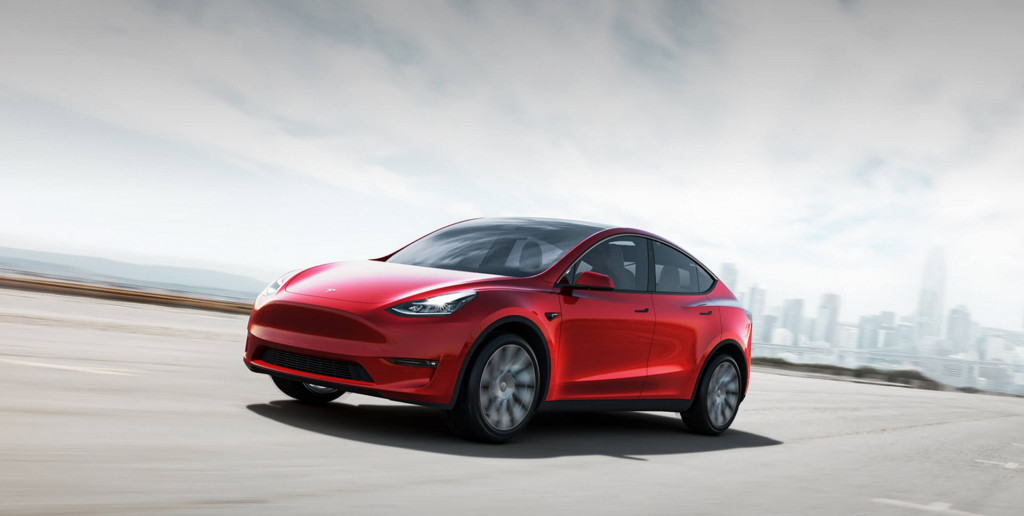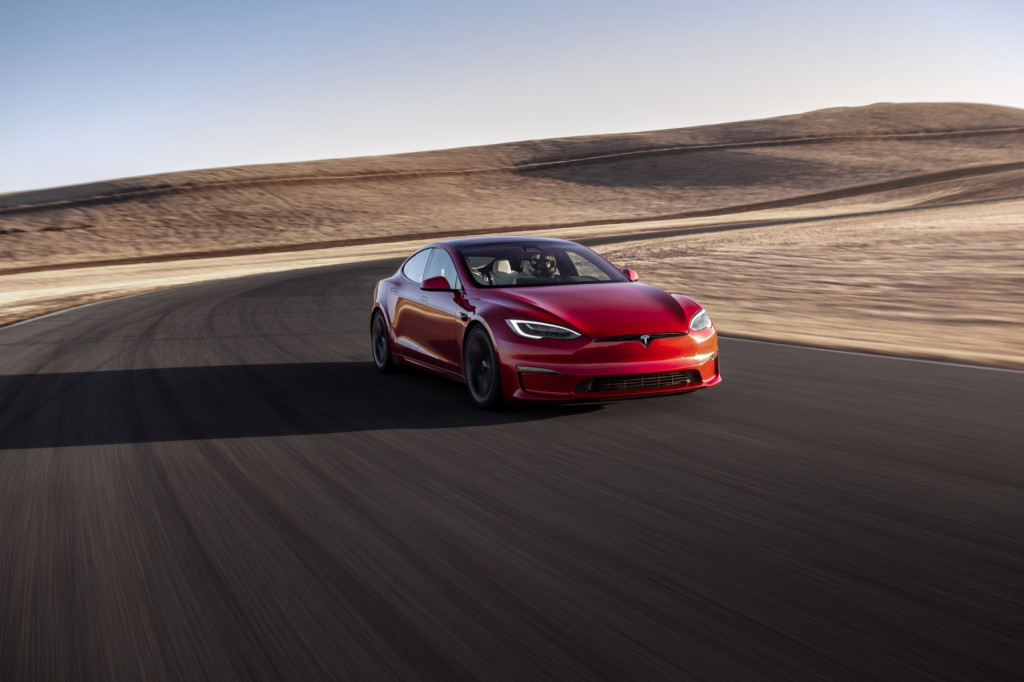The National Highway Traffic Safety Administration (NHTSA) has reopened an investigation into alleged Tesla unintended acceleration in response to a petition.
The investigation covers nearly every Tesla Model S, Model X, Model 3, and Model Y built, encompassing around 1.8 million vehicles in the U.S. It’s a reversal of an earlier decision by the NHTSA to deny a call for further investigation into unintended acceleration in Tesla EVs following owner complaints.

Tesla Model Y
The decision to continue investigating is in response to a petition from Ronald Belt of Plymouth, Minnesota, which claims that new information about the inverter design, due to recent hobbyist tear-downs, h as allowed a greater understanding of the component’s function.
Based on this information, the petition alleges a design flaw in the inverter allows for intermittent higher electrical current to flow through a vehicle’s 12-volt electrical system. This sudden additional voltage draw could be triggered by a demand for extra power from an accessory, like power steering, and wouldn’t be identified by Tesla’s diagnostics system as a fault, the petition claims.

2023 Tesla Model S – Courtesy of Tesla, Inc.
The original petition for the NHTSA to investigate Tesla unintended acceleration was filed in January 2020 and denied by the agency a year later. Tesla in January 2020 called that allegation “completely false,” and went so far as to create a blog post about the matter. In that post, Tesla said the brake pedal will always override the accelerator pedal, but it doesn’t actually address the issue that’s alleged here.
Unintended acceleration claims can be tricky to prove. Tesla has gone into vehicle data in the past to refute claims about unintended acceleration in crashes. While there have been cases in which there’s been a physical explanation—as with pedals and floormats in the Toyota Prius and other Toyota/Lexus products a decade ago—it’s most often been found to be a simple misapplication of the pedal. Could this be any different?

